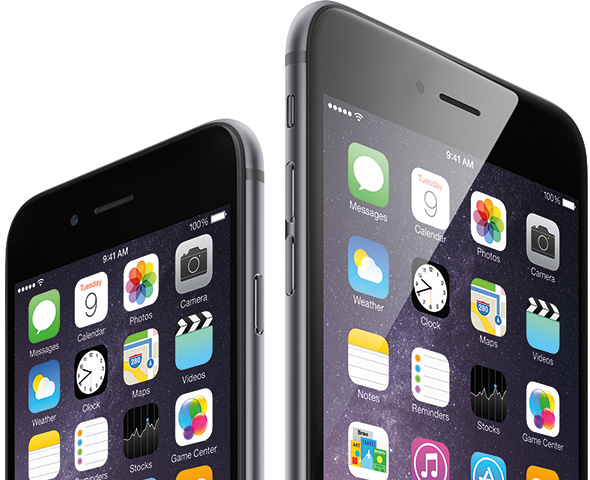The good news, I suppose, is that no one has uncovered any truly game-ending bugs yet. That's not to say people haven't suffered crashes; any time you update a device to a new operating system someone somewhere is going to have a failure -- but there are no widespread reports of people bricking devices or destroying them wholesale.

That said, a transparent keyboard or missing keys may not technically make the device useless, but it's going to require a whole lot of episodes in creative spelling to make things right. Other problems, like slow WiFi, could be infuriating to fix since the solution will almost certainly involve downloading an online patch.
Since we at Hot Hardware like nothing more than helping people with technology, we've put together a short list of tips for anyone upgrading a device to a new version of anything, pretty much ever.
Tip #1: Upgrade Only In Emergencies:
Do you own a properly functioning device right now? Don't upgrade the current OS version. Chances are, some random app, third party permission setting, or installed profile oddity will interact poorly with the official installer. When you press "Upgrade now," you are not engaging in a minor update process -- you are taking the stability of your device into your hands and playing tennis with it.
What if your current device isn't functioning properly? Don't upgrade the iOS version. The fastest way to destabilize a system further is typically to install a new OS flavor over an old one. If you want to minimize bugs, upgrade as little as possible and from the freshest, most basic image possible.
Tip #2: Stop Expecting Performance Improvements:
Once upon a time, an Apple operating system delivered a substantial performance improvement over the version that had come before it. This was back in the IOS 4 days, when multi-threading and multi-tasking were still hot new items, and it mostly only worked as advertised with the iPhone 3GS, not the older 3G. Other OS releases have either been neutral on performance or have worsened it. Now, before anyone leaps up to beat me with a bust of Steve Jobs, I'll acknowledge that the browser is a marked exception to this trend. Each iOS variant has typically improved browser performance by at least some metrics, even on some old devices. But by and large, iOS updates haven't delivered better application experiences for years.
Tip #3: Do Expect Bugs:
In the beginning, when mobile OSes were lightweight and extremely simple, it was reasonable to expect an OS update to be reasonably bug free. That's long in the past now -- Both Android and iOS have become increasingly complex at every single launch with more official apps, integrated services, and additional capabilities.

When the only thing you could send via the Apple Text Message app was text, it was easy to test the program. Now that it can send time-limited photos, regular photos, audio, and use multiple keyboards it's much more difficult to just test the application -- and that's before you throw iMessage on top of it. Now multiply that times every other application and all of their features. Remember that the QA team didn't have 12 months with device -- it had a fraction that long. Now remember that the OS version has to be tested across far more products than the original iPhone or iPad did.
Put it all together, you've got a recipe for a buggy release.
Not Just Apple Problems:
While this article is written to address the problems some iOS adopters are having, don't be fooled -- the upgrade bug occasionally bites everyone on every operating system or platform. No firm has mastered the art of delivering massive content updates at the OS level.
Nevertheless, expecting updates to actually deliver better performance to an existing platform isn't very realistic. Apple isn't in the business of providing you with better performance on an existing platform, it's in the hardware business of selling you another iPhone. If you aren't upgrading every time your contract expires, you're not earning the company very much profit. That doesn't mean Apple can get away with obviating its own devices every year, but it's no surprise that the low-end experience continues to degrade. If Apple wanted the low-end to actually be usable, it would create lighter requirements or give users the option to shut more features off.
It doesn't.That doesn't make Apple evil, but it does mean that the company (like every other company) is more interested in your dollars than the purity of its device experience.
Apple is working on a new patch (iOS 8.0.1) with an unknown delivery time.



















